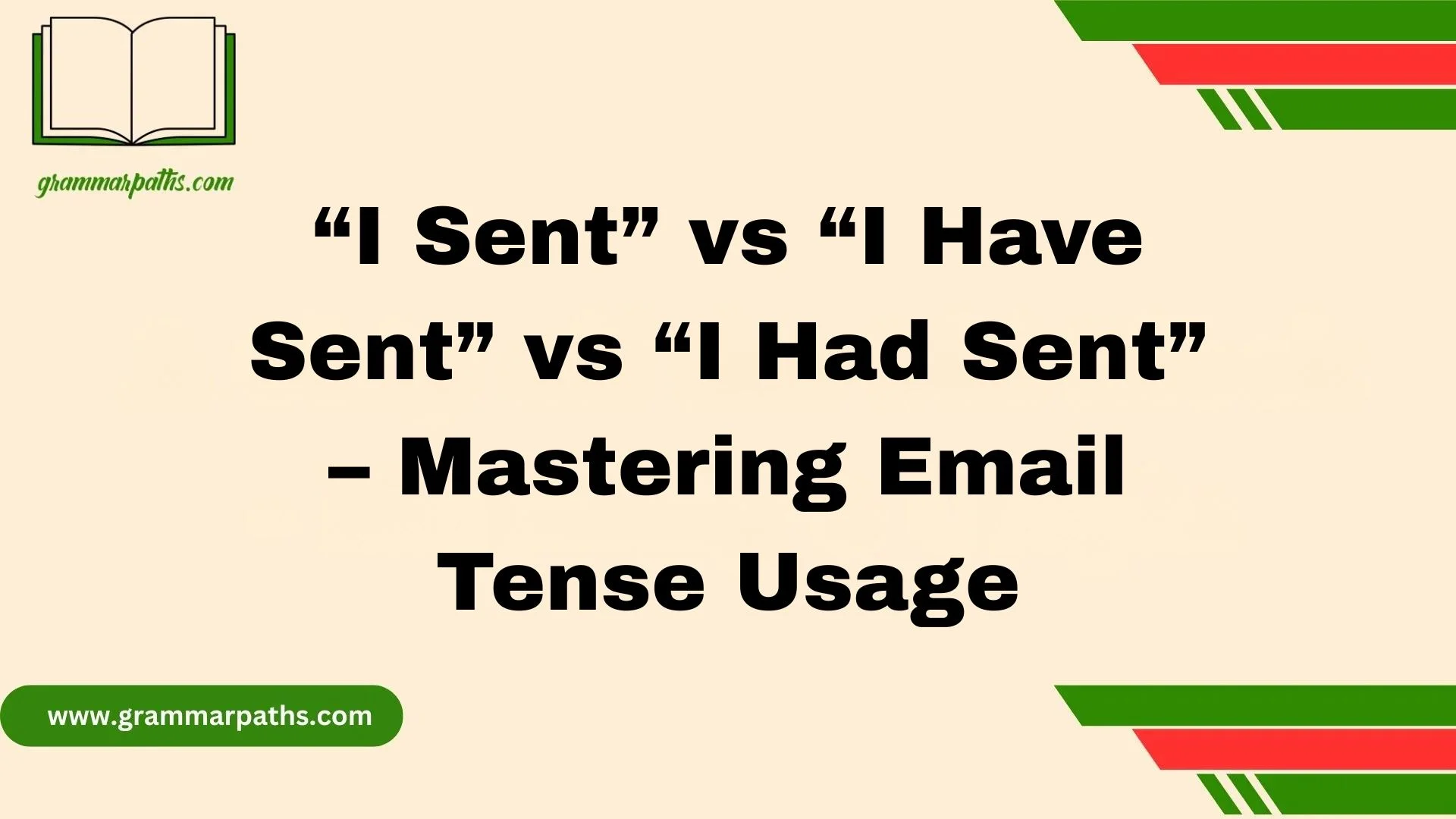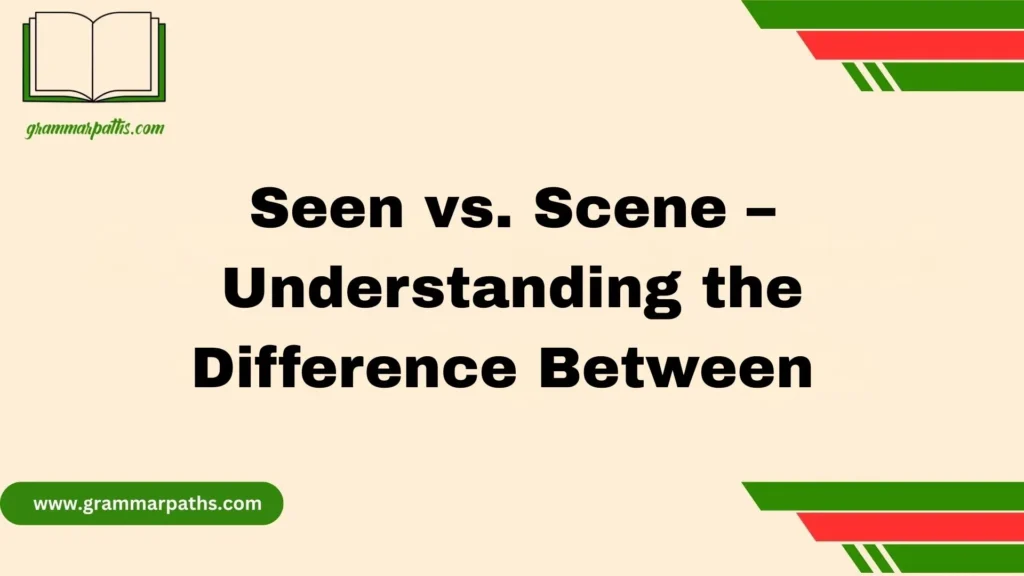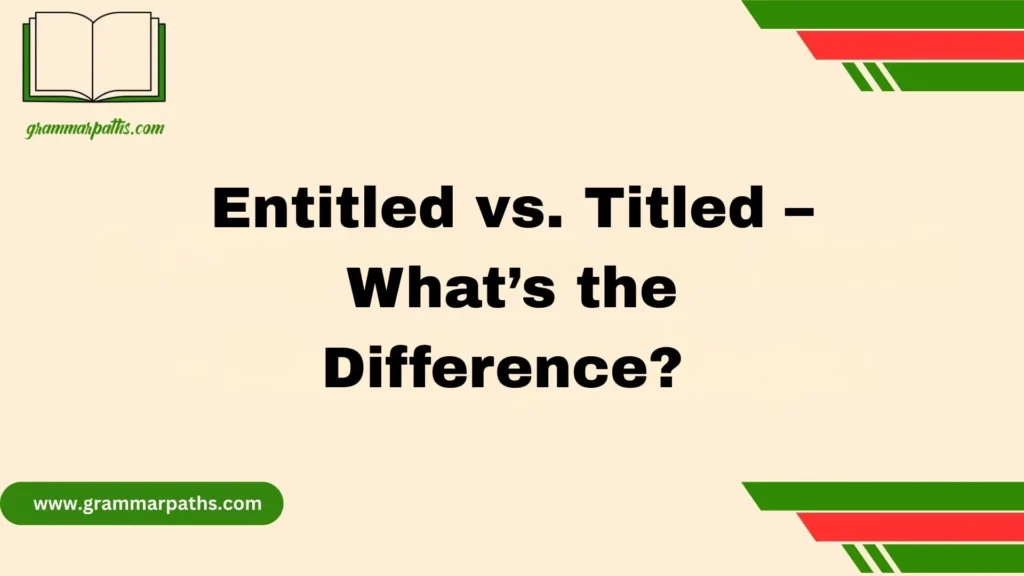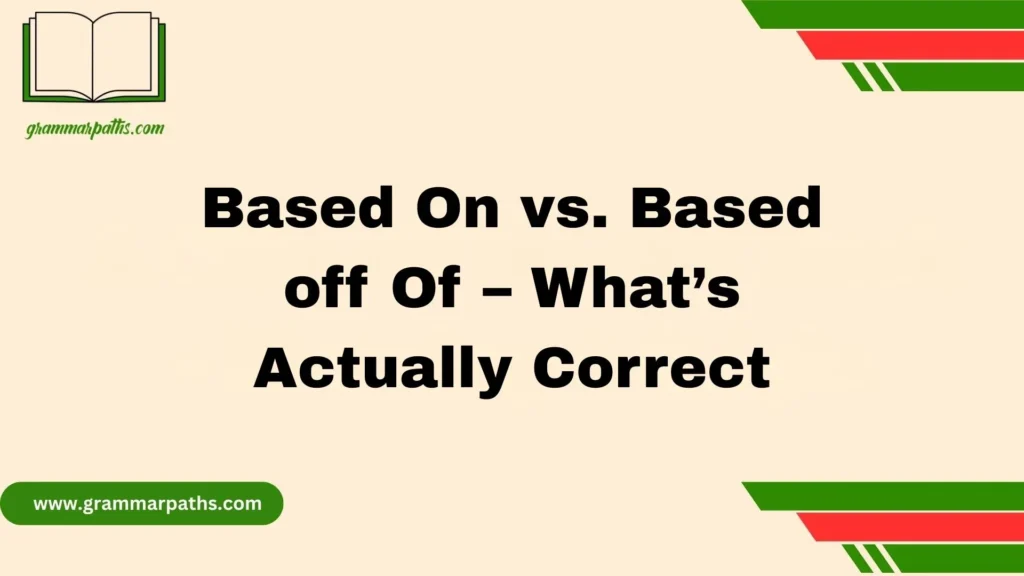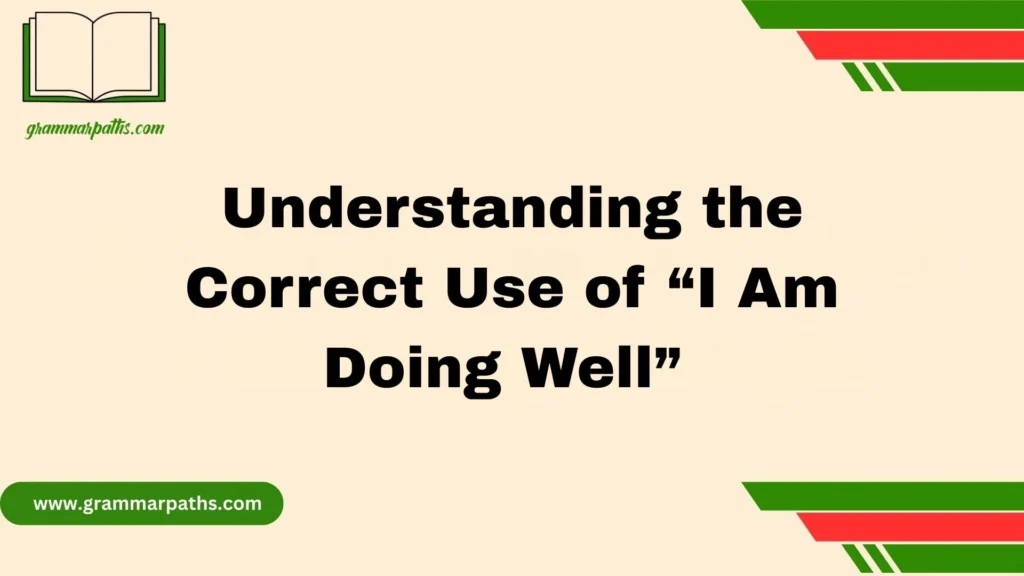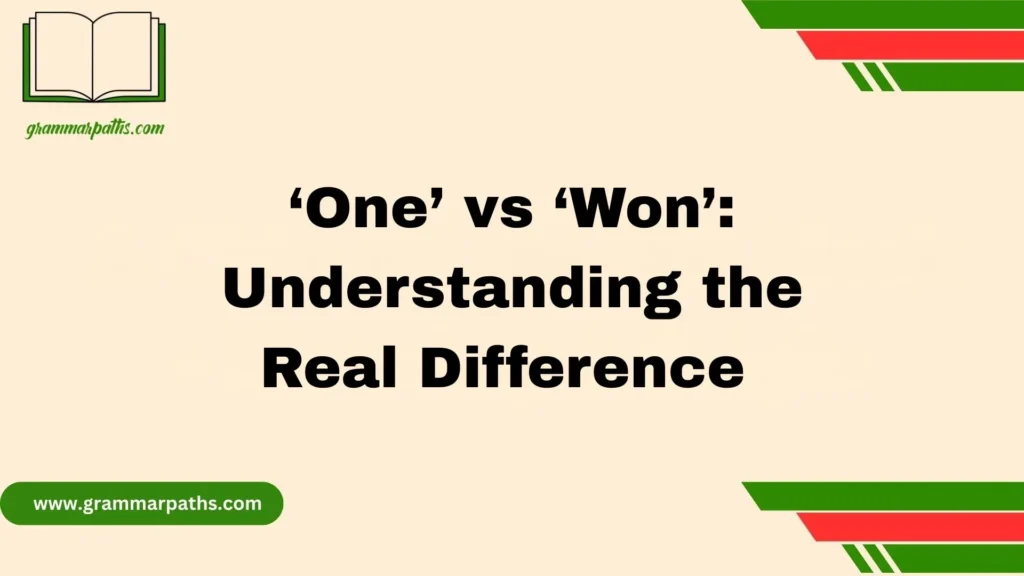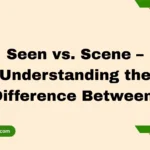When I write emails in a professional setting, choosing the right verb and tense changes the tone of the message. Good grammar shows confidence, and the right timing reflects responsibility. For example, when confirming a follow-up activity, I’ll often say “I have sent” because it feels respectful and shows professionalism. If I’m apologizing for a delay, then “I had sent” explains the sequence more clearly. These differences may seem subtle, but they affect how others hear me. To keep my writing polished and practical, I’ve used a guide with examples, rules, and even tables that helped me express myself better.
Over time, I slowly mastered the details and taught myself to pay attention to every part of the process. It brought clarity, made my words sound more proper, and gave me confidence to improve without hesitation. Now my communication feels more filled with purpose and clearly reflects what I want to say. Using the right form ensures the final written line is vital to the reader’s understanding. I usually decide between phrases based on the recent context or the overall goal. Each choice is no longer about guessing; instead, it’s a better, real, and helpful way to make sure every word does its part. Writing this way has made my routine daily work much easier, and I know that even one small shift can highlight how my emails are received overall.
Understanding Verb Tenses in Email Communication
Verb tense isn’t just grammar—it’s communication strategy. In the workplace, deadlines, tasks, and confirmations depend on precise wording. A single wrong tense can leave your recipient unsure whether an action is finished, ongoing, or still pending.
Here’s why tense matters in emails:
- Clarity – Correct tense helps your recipient know exactly when something happened.
- Professionalism – Using the right tense makes you sound reliable and organized.
- Tone – Tense choice affects formality. “I have sent” feels more formal than “I sent.”
- Context – Tenses establish cause-and-effect relationships between actions.
Think of verb tense as the timeline manager in your emails—it places events in order and avoids confusion.
“I Sent” – Past Simple in Action
The phrase “I Sent” uses the past simple tense. It refers to a completed action that happened at a specific time in the past.
Grammar Breakdown
- Structure: Subject + Past Verb (I + Sent)
- Focus: Completed action, no direct link to the present moment
When to Use “I Sent” in Emails
- Confirming you performed an action at a particular time
- Referring to actions tied to a deadline or past event
- Highlighting that something is already finished
Examples:
- “I sent the proposal yesterday at 3 PM.”
- “I sent the invoice last week.”
Formal vs. Informal Examples
- Formal: “I sent the requested documents on August 30.”
- Informal: “I sent you the link this morning.”
Common Errors with “I Sent”
- Using it without a clear time reference can make it vague.
- Replacing it with “I have sent” when the focus is strictly on a past time.
“I Have Sent” – Present Perfect Tense Explained
The phrase “I Have Sent” uses the present perfect tense. It describes an action completed in the past that still affects the present.
Grammar Breakdown
- Structure: Subject + Have/Has + Past Participle (I + Have + Sent)
- Focus: Connection between past action and current moment
When to Use “I Have Sent”
- Highlighting that the result of the action still matters now
- Indicating recent completion without specifying exact time
- Stressing that the action has relevance to the ongoing conversation
Examples:
- “I have sent the updated draft, so you should have it now.”
- “I have sent multiple reminders but haven’t received a reply.”
Professional vs. Casual Emails
- Professional: “I have sent the signed contract for your review.”
- Casual: “I have sent you the pictures we talked about.”
Common Mistakes
- Using “I have sent” with a specific time marker (“I have sent it yesterday” is incorrect; it should be “I sent it yesterday”).
“I Had Sent” – Past Perfect for Sequence and Context
The phrase “I Had Sent” uses the past perfect tense, which places one past event before another.
Grammar Breakdown
- Structure: Subject + Had + Past Participle (I + Had + Sent)
- Focus: Action completed before another action in the past
When to Use “I Had Sent”
- Clarifying sequence of past events
- Preventing misunderstandings in complex timelines
- Demonstrating cause-and-effect
Examples:
- “I had sent the files before the meeting started.
- “I had sent the reminder, but the team still missed the deadline.”
Why It Matters in Emails
Past perfect shows order of events, which is crucial in project updates or conflict resolution emails.
Common Misuses
- Using “I had sent” when there’s no second event for comparison.
Direct Comparison of All Three Tenses
To see the differences more clearly, let’s break them down side by side.
| Phrase | Tense | Timeline Focus | Example in Email | Best Use Case |
| I Sent | Past Simple | Finished past action at specific time | “I sent the agenda yesterday.” | Confirming completed actions tied to time |
| I Have Sent | Present Perfect | Action done in the past with present relevance | “I have sent the proposal for your review.” | Showing action’s impact on the present |
| I Had Sent | Past Perfect | Action completed before another past action | “I had sent the draft before the call began.” | Clarifying sequence of past actions |
This comparison makes it clear: the key difference is timing—when the action happened and whether it connects to now.
Practical Tips for Choosing the Right Tense in Emails
Want a quick way to pick the right tense? Use this guide:
- Use “I Sent” when the action happened at a definite time in the past.
- Use “I Have Sent” when the action matters now or the time isn’t specified.
- Use “I Had Sent” when explaining two past actions and the order between them.
Checklist Before Sending Emails
- Does the sentence clearly tell the reader when the action happened?
- Am I showing that the action still affects the present?
- Do I need to clarify sequence between two past events?
Case Studies: Real Email Scenarios
Job Application Follow-Up
- Wrong: “I had sent my resume yesterday.”
- Right: “I sent my resume yesterday.”
Internal Team Update
- Wrong: “I sent the report. You should have it now.”
- Right: “I have sent the report. You should have it now.”
Clarifying Miscommunication
- Wrong: “I sent the draft before you called me.”
- Right: “I had sent the draft before you called me.”
Case studies show that choosing the right tense prevents confusion and keeps your emails professional.
Common Mistakes to Avoid
- Mixing tenses carelessly: Switching between “I sent” and “I have sent” in the same context.
- Adding time markers to present perfect: Don’t say “I have sent it yesterday.”
- Overcomplicating sentences: Don’t use past perfect unless you need to explain sequence.
Pro tip: If you’re unsure, reread your email aloud. Does it clearly show when the action happened? If yes, you’ve likely chosen the right tense.
Conclusion
Mastering the use of “I sent,” “I have sent,” and “I had sent” is more than just a matter of grammar. It’s about showing clarity, respect, and confidence in your emails. Once you understand how timing, tone, and sequence affect the way your message is received, writing becomes smoother and more professional. With practice, you’ll find that choosing the right tense is not only easy but also a vital part of effective communication.
FAQs
Q1: Which tense should I use for professional emails?
Use “I have sent” for recent actions, “I sent” for simple past events, and “I had sent” when explaining a past action that happened before another.
Q2: Why does tense matter in emails?
Tense shapes the tone, builds clarity, and ensures the recipient understands the timing of your actions.
Q3: Can using the wrong tense make me sound unprofessional?
Yes. Incorrect usage can cause confusion, hesitation, or make your message sound less polished.
Q4: How can I improve my use of tenses?
Practice regularly, review real email examples, and follow a clear guide with rules and tables to reinforce your learning.
Q5: Is it okay to mix tenses in one email?
Yes, if the context requires it. For example, you might use “I sent” to describe a past task and “I have sent” to confirm a recent update in the same email.

Emma Brooke is a passionate language expert and contributor at GrammarPaths.com, where she helps learners navigate the complexities of English grammar, idioms, and effective writing. With a strong academic background and years of teaching experience, Emma excels at turning tricky grammar rules into simple, practical lessons that readers can easily grasp.
